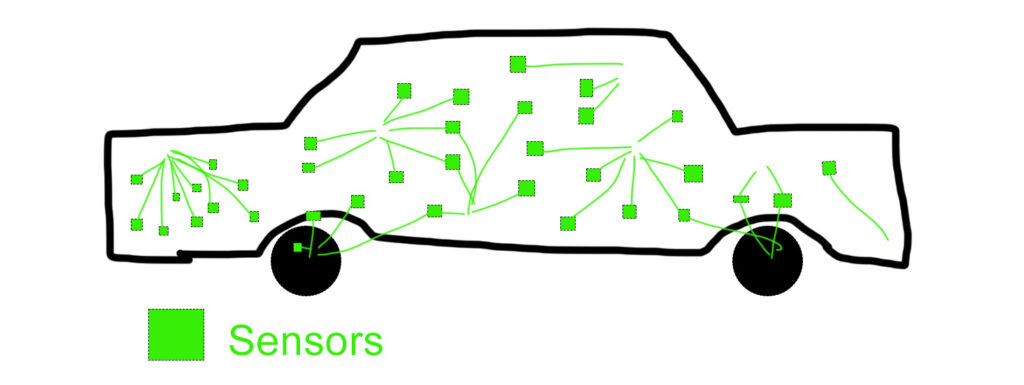Hey! Ever seen the check engine light and didn’t know what it meant? I’ve been there. An OBD-II scanner can help you find out what’s wrong with your car. It’s easy to use and saves you money on repairs. Let’s learn how this system works and how it can help you fix your car yourself!
What is OBD2?
Why do we have OBD-II, how it start and how the hell it even works? All are explained in this introduction lesson to OBD-II.
OBD-II is an Onboard Diagnostic System that collects data from your vehicle sensors and control modules and sends them over to your control modules which evaluates if there is any fault. If it is, the control module will store a fault code in its memory.
How OBD2 works?
OBD systems monitor various aspects of vehicle performance, including engine, transmission, emissions, and other critical components. Sensors throughout the vehicle send data to the Engine Control Unit (ECU). When the ECU detects a problem, it stores a diagnostic trouble code (DTC) and often triggers the “Check Engine” light on your dashboard.
Check it out in this simple illustration:
Car sensors collect various data
There are hundreds of different sensors in your vehicle, collecting data about everything going on in each sub-part of your car!

Sensors send these data to control modules
Sensors send collected data over to different control modules. Each control module manages different sub-parts of the vehicle while also communicating and sharing data with other modules.

OBD-II system evaluates all of this data
All these control modules and sensors connected together form a powerful OBD2 system which knows the right parameters for every collected data from the factory.

If any data isn’t in a specified range…
Let’s say one of your sensors reports data out of the allowed range. This will automatically set the code in the control module memory and in many cases trigger some warning light on your dashboard, for example, the “Check engine light.”
How OBD Started
OBD, or On-Board Diagnostics, originated in the 1980s as a way for automotive manufacturers to monitor and control engine performance and emissions. The first systems, known as OBD-I, were simple and varied between manufacturers. They provided basic diagnostics but lacked standardization, making it difficult for technicians to work across different car brands.
OBD-I vs. OBD-II
OBD-I was the initial attempt at automotive diagnostics, offering limited information and differing widely between manufacturers. OBD-II, introduced in 1996, standardized the diagnostic system across all vehicles sold in the United States. OBD-II provides more comprehensive data, allowing for better engine performance monitoring and easier troubleshooting.
Key differences:
Standardization: OBD-II is consistent across all manufacturers.
Data: OBD-II provides more detailed and extensive diagnostic information.
Ports: OBD-II vehicles have a standardized 16-pin connector.
Which cars have OBD?
All cars and light trucks sold in the United States since 1996 are equipped with OBD-II. This includes gasoline and diesel-powered vehicles. OBD-II has also been adopted in many other parts of the world, making it a global standard for vehicle diagnostics.
What is an OBD-II scanner?

An OBD-II scanner is a tool that lets you read your car’s computer system to figure out what’s wrong when the check engine light comes on.
Good job on learning the basics of OBD.
Now would be a good time to learn the basics of using an OBD-II scanner.
I test OBD-II scanners and make DIY Engine diagnostics guides to help you solve your car problems without having to depend on the mechanic. A lot of them will try to scam you or are just no help at all. About Juraj Lukacko

Very good, straight forward and simple.
Thank you, looking forward to the rest of the course.
Thank you!
Thank you man. You Such a life saver. I have been always willing to learn more about diagnostic. And l want to become a Technician in Automotive industry. And lam looking forward to learn more from your caurse Thank You.
Thank you!